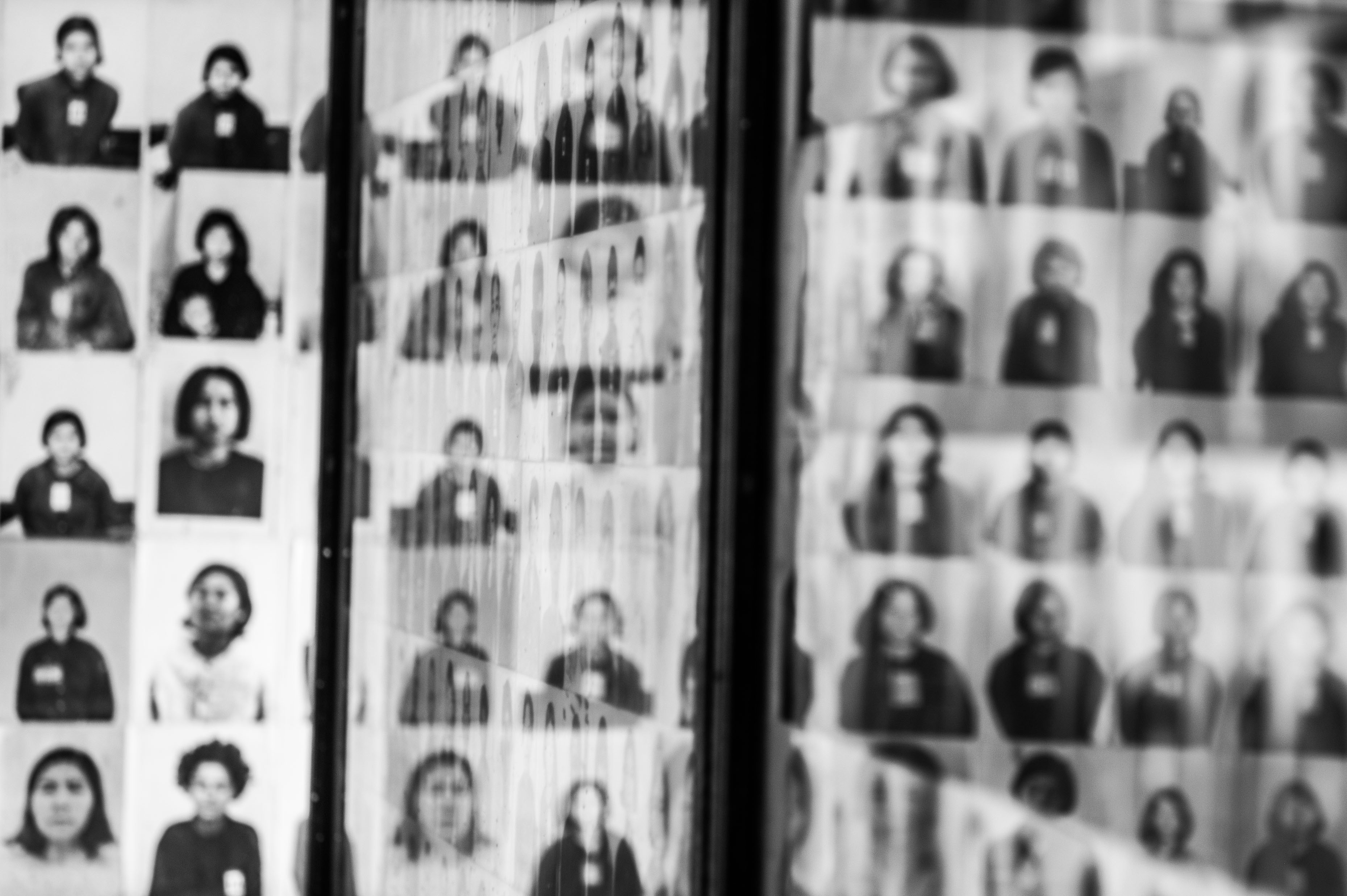Nearly 30 years have passed since the shadow of genocide enveloped Cambodia. Under the reign of Khmer Rouge, Cambodians endured immense physical and psychological pain: the pain triggered by mass murder, torture, cruelty and inhumane acts; the pain of starvation; the pain of hard work, more than an average human being could bear; the pain of being separated and losing parents, children, spouses, relatives and friends. The memory of the traumatic period of the Khmer Rouge tyranny between April 17, 1975 and January 6th, 1979, persists. It brings Cambodians a social pain and it continues to tear them apart. Today Cambodia is a country composed of victims, perpetrators and their children. Victims and perpetrators live with each other in the same communities under a „culture of impunity“, in spite of the „Khmer Rouge Tribunal“, effective since 2007, which has tried so far only three of those responsible for atrocious crimes.
In June, 2017, Elli Lumina had the chance to visit the Museum of Genocide in Phnom Penh, Cambodia, also called Toul Sleng or “S-21”. During the regime of Khmer Rouge in the 1970ies, approximately 14.000 men, women and children had been tortured in this building. If they didn’t die by torture or starvation, they were killed inside this building or at the “Killing Fields”, 7 km South of the capital, where ten thousands of murdered men, women and children are buried in mass graves. Researchers exhumed their bones and started to classify them in order to determine the way they had been killed. Mostly they had been slaughtered or beaten to death with simple means. Sometimes they had the “privilege” to be just shot. Today almost 10.000 skulls are stapled in a huge tower. But this is only a part of the killed: Still heavy rain brings remaining of bones or clothes to the surface from time to time.
